Key Differences Between Private Foundations and Public Charities
When it comes to nonprofit organizations, two common types are private foundations and public charities . While both types serve charitable purposes and enjoy tax-exempt status under IRS rules, they differ significantly in structure, funding sources, and operational flexibility. Understanding these differences is crucial for anyone considering establishing a nonprofit or donating to one.
1. Funding Sources
- Public Charity
:
Public charities rely on broad public support . They typically receive funding from multiple sources, such as individual donors, government grants, and fundraising events. To maintain their status, at least one-third of their income must come from the public or a broad donor base. - Private Foundation
:
A private foundation is usually funded by a single source or a small group , such as an individual, family, or corporation. Once established, these foundations typically rely on investment income from their endowment rather than ongoing public donations.
Example
:
A community food bank that hosts annual fundraisers is a public charity, while the Bill & Melinda Gates Foundation, primarily funded by the Gates family, is a private foundation.
2. Governance and Control
- Public Charity
:
Public charities are generally managed by a diverse board of directors that represents public interests. This structure helps ensure transparency and accountability to donors and the community. - Private Foundation
:
Private foundations often have a more centralized governance structure. They are typically managed by the individual or family who established the foundation or a small group of trustees.
Key Consideration
:
Public charities benefit from having broader oversight, while private foundations allow more control for the founding entity.
3. Tax Deductibility Limits for Donors
- Public Charity
:
Donations to public charities offer higher tax deduction limits . Individuals can deduct up to 60% of their adjusted gross income (AGI) , while corporations can deduct up to 25% of their taxable income . - Private Foundation
:
Donations to private foundations have lower deduction limits . Individuals can deduct up to 30% of their AGI , and corporations can deduct up to 25% .
This difference can influence donor decisions, especially for those making large contributions.
4. Required Annual Distributions
- Public Charity
:
Public charities do not have a minimum distribution requirement. They simply use donations to fund their programs and operations as needed. - Private Foundation
:
Private foundations must distribute at least 5% of their net investment assets annually for charitable purposes. Failure to meet this requirement can lead to penalties.
5. Activities and Operations
- Public Charity
:
Public charities often provide direct services or programs to benefit the public, such as educational programs, healthcare services, or disaster relief efforts. - Private Foundation
:
Private foundations typically focus on grant-making , distributing funds to other nonprofits or charitable causes rather than running direct programs themselves.
Example
:
A local shelter that directly houses homeless individuals is a public charity, while a foundation that grants funds to support homeless shelters is a private foundation.
6. IRS Oversight and Compliance
- Public Charity
:
Public charities must demonstrate ongoing public support and file Form 990 annually, which is available for public inspection. They are subject to greater transparency requirements. - Private Foundation
:
Private foundations file Form 990-PF , which includes detailed financial information and a list of grants given. They face stricter rules around self-dealing and must avoid conflicts of interest to remain compliant.
Choosing the Right Structure
The decision to establish a public charity or a private foundation depends on factors like your funding strategy, desired level of control, and long-term goals.
- If you want to engage the community, rely on public support, and provide direct services, a public charity is likely the right choice.
- If you prefer centralized control, have a significant initial funding source, and focus on grant-making, a private foundation may be a better fit.
Both types of organizations play vital roles in philanthropy and can make a lasting impact when structured and managed effectively.



